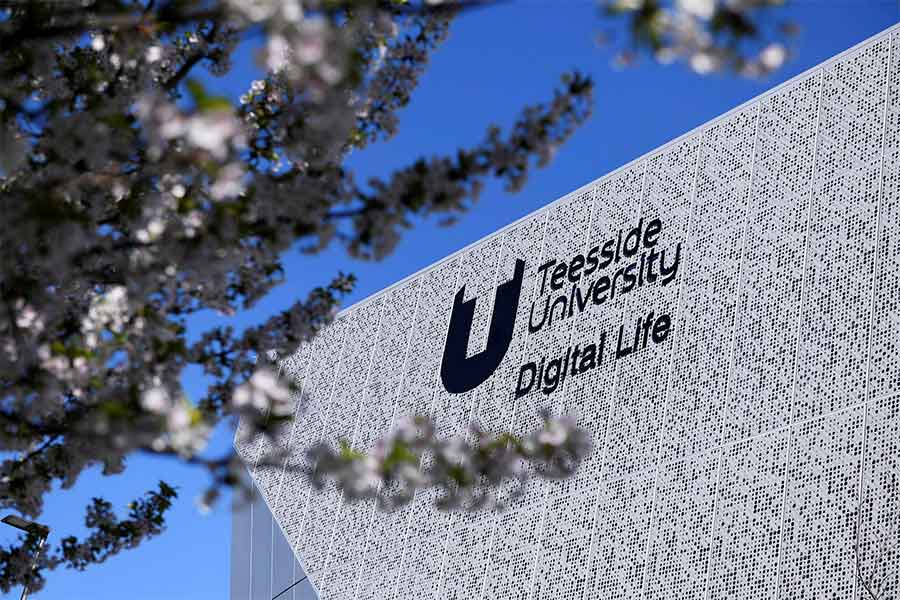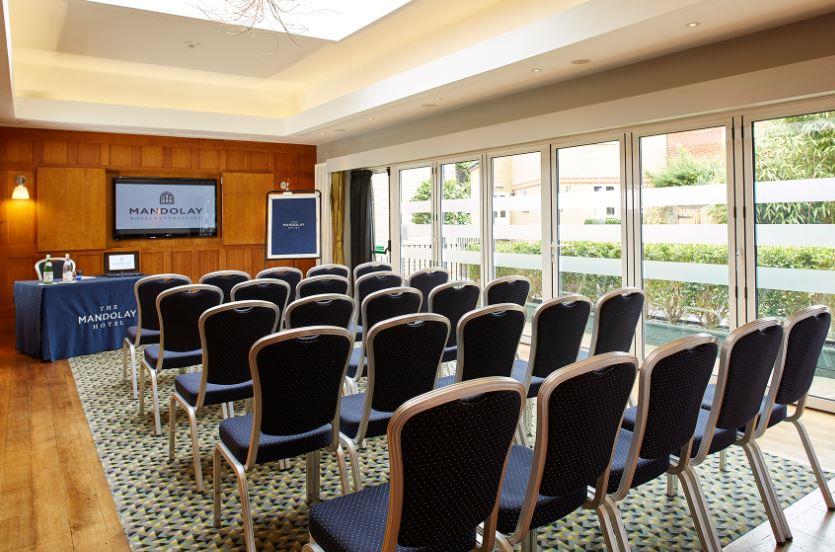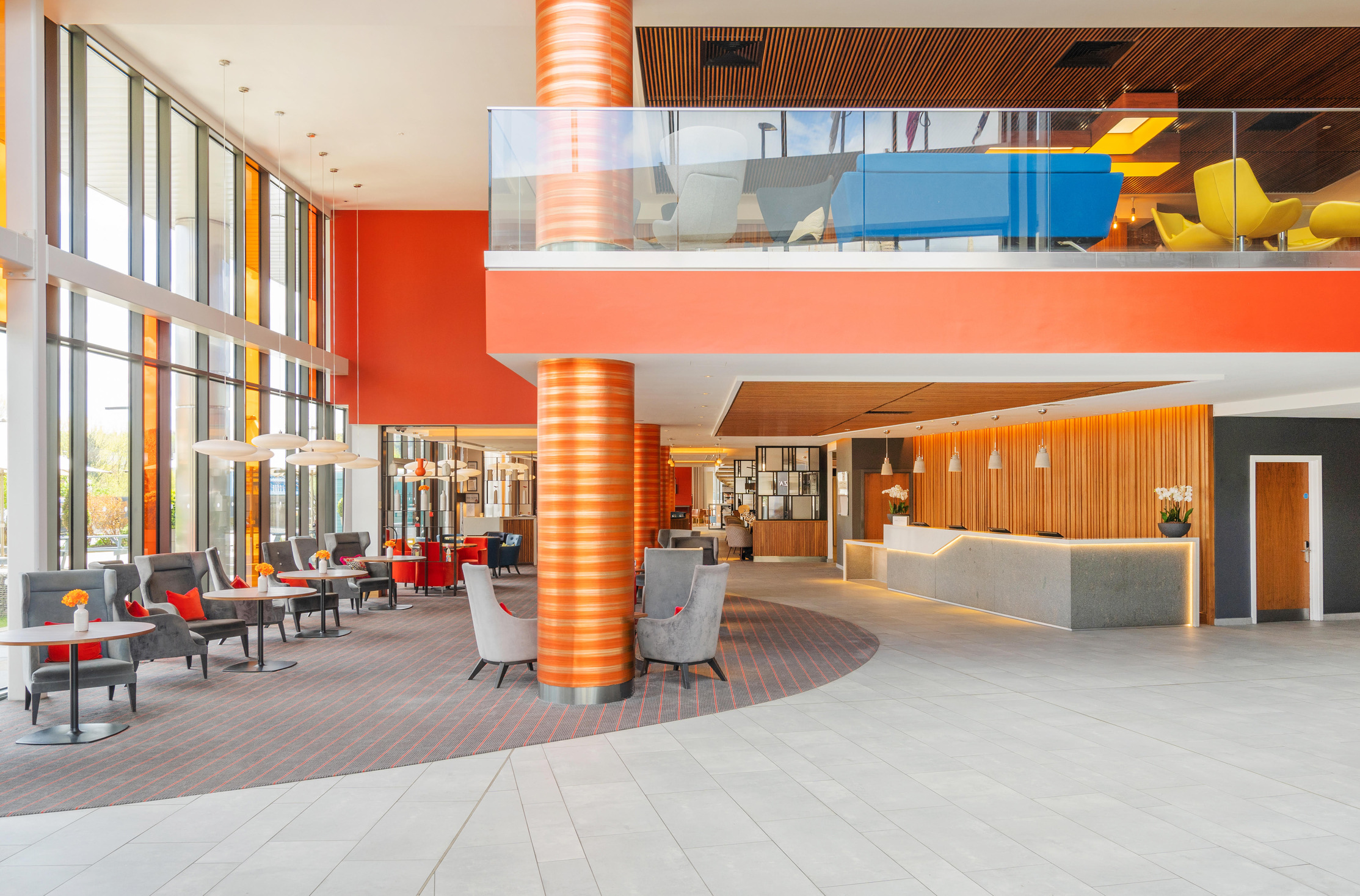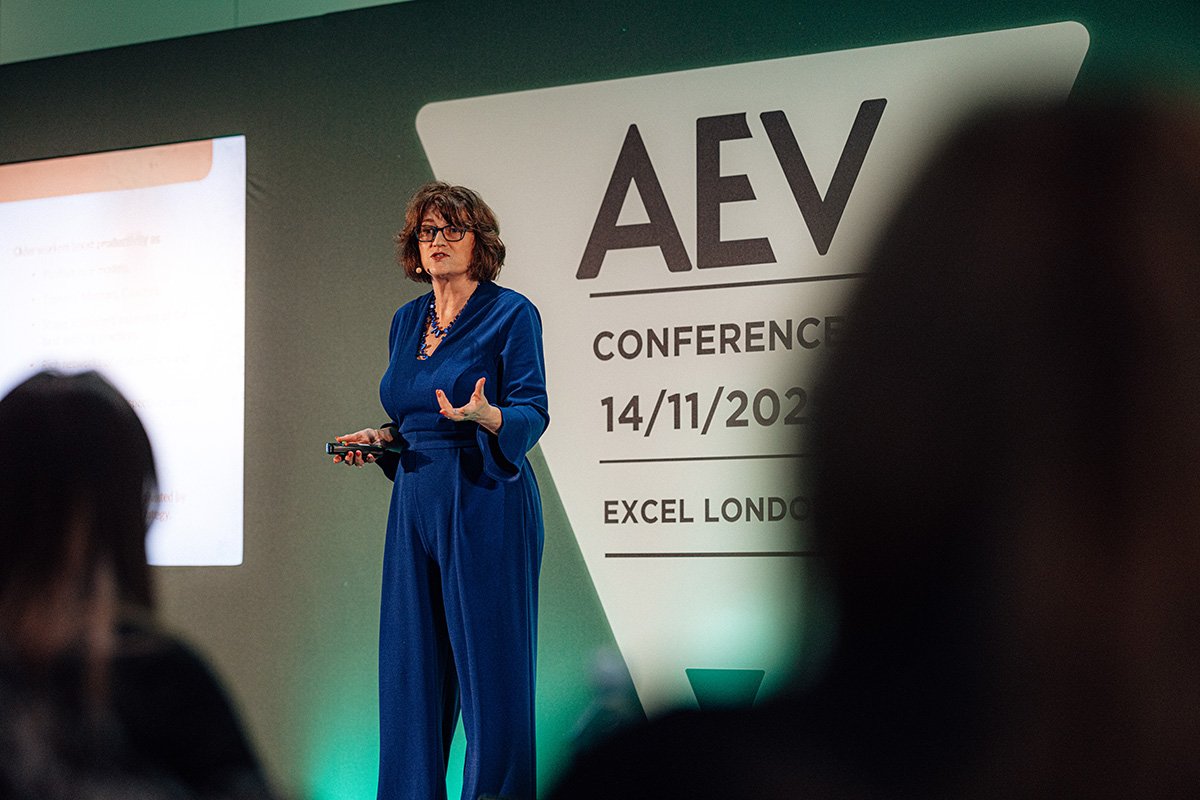*The School of Archaeology and Ancient History gets ready to host the 2013 Society for Historical Archaeology Conference*
During much of 2009, the School of Archaeology and Ancient History at the University of Leicester was busy putting together a bid to attract one of the most important events on the global calendar within archaeology and ancient history. The annual conference of the Society for Historical Archaeology (SHA) is usually held within North America. Every five years however, the SHA look to take the event further afield with the next opportunity occurring in 2013.
Trevor Miller from Leicester Conferences, the University’s conference and events team met up with some members of the School of Archaeology and Ancient History to discuss the importance of winning the SHA conference.
Alasdair Brooks, Teaching Fellow, University of Leicester and SHA Newsletter editor comments: “The SHA has over 2000 international members with approximately 90% based in the USA and Canada and the remainder spread throughout the globe. This also includes Antarctica, where currently the New Zealand Antarctic Heritage Trust are conducting an excavation at one of the sites visited by Ernest Shackleton, one of the famous early pioneers of Antarctic expedition.”
“The bid to host the 2013 conference was between Mexico, Quebec City and Leicester. The society was very attracted to the bid put forward by Leicester which eventually won through. Quebec City had also put a good case together and has been subsequently chosen to host the conference in 2014. Typically the conference attracts in excess of 1000 delegates which highlights its significance in our discipline. The SHA is the largest international professional society for the archaeology of the later historical period.”
Audrey Horning, Reader in Historical Archaeology, University of Leicester comments on previous conferences and its importance: “Previous destinations include Florida, Virginia, Quebec, California, Toronto and Cincinnati. The conference has also been held in York, England in 2005. This was considered to be a very successful event which played a part in once again attracting the conference to the UK. The 2013 conference will in fact be only the second time it has ventured outside the Americas. The annual conference is seen as a critical event on the archaeology calendar. Many within the field of archaeology gather to discuss what is happening globally as well as having the chance to meet students studying distance learning degrees. Sharing of important research is one of the main objectives which are reflected in the number of papers presented at the conference. Over the course of the conference, up to 14 concurrent sessions can be taking place at any one time.”
“One of Leicester’s specific goals is to develop historical archaeology in Europe which is still growing by comparison to North America.”
“The actual conference will start on a Wednesday and run right through to Sunday. Both prior and after the conference several field trips will also be conducted which adds another attraction to the event. Due to our central location in the UK, attendees will have the chance to look at sites of interest across a wide range of periods including some that may not be covered by the remit of the Society but still hold much interest.”
Colin Haselgrove, Head of School of Archaeology and Ancient History, University of Leicester expands on the conference goal for Leicester: “Most of the world’s leading historical archaeologists will be attending the conference from as far away as Australia. As well as raising the profile of later historical archaeology in other European countries, we expect the Leicester conference to open up new interest in the field in continents like Asia and Africa where archaeological research has traditionally concentrated on earlier periods.”
Sarah Tarlow, Director of the Centre for Historical Archaeology at the University of Leicester comments: “Leicester is globally recognised as one of the major centres for the discipline of archaeology. Part of this recognition is due to the successful distance learning programme run from the University, especially the MA programmes in archaeology and heritage and more recently in historical archaeology.”
To assist with putting the proposal together, the School also worked with Leicester Conferences and Leicester Shire Promotions (LPL), the official regional tourism partner. Dr Horning comments: "The service received from Leicester Conferences has been great, very approachable and flexible in terms of the needs of the Society. Two visits from North America were conducted to look at the University’s facilities and accommodation and to consider the financial aspects of the conference. Emma Kettle from Leicester Conferences was very much involved in arranging the visits and has been very helpful. The Vice-Chancellor Sir Professor Robert Burgess was also instrumental in the discussions and I very much thank him for the time taken to sit with representatives from the SHA during their visits. Gill Brown from LPL was very helpful in spearheading visits to Leicestershire and the City of Leicester as well as obtaining letters of support which were included in the bid. Additional venues for evening entertainment were also explored with LPL and we will still be working very closely with both the University’s conference services and LPL to continue with our arrangements.”
In terms of the University’s local and regional presence within Archaeology and Ancient History, Richard Buckley, Co-Director of University of Leicester Archaeological Services (ULAS) talks about the work of his unit: “ULAS is an independent professional unit of archaeologists embedded in the School of Archaeology and Ancient History and we carry out archaeology work in Leicester, Leicestershire, the East Midlands and beyond. Within the city we have completed some of the largest excavations within the last 50 years which finished in 2006/7 and are currently being written up. Also for the last 10 years some significant work has been completed at Leicester Abbey, one of Britain’s notable historical abbey sites.”
“The School of Archaeology and Ancient History along with ULAS have strong links with Leicester City Museum and Leicestershire Museum County Services. Both of these organisations have extensive collections which will certainly be of relevance to the conference in 2013.”
“ULAS has also been involved in excavations at the internationally significant late Iron Age and early ritual site at Hallaton, Leicestershire. One of the finds from the site has proved to be the oldest known Roman coin found in Britain, dating back to 211BC.”







